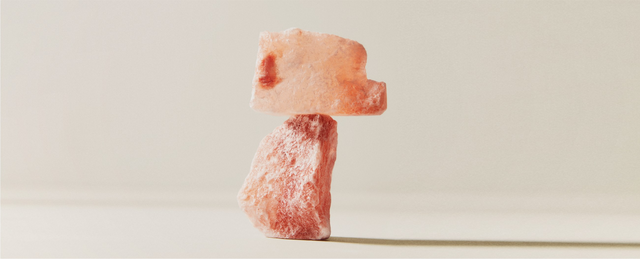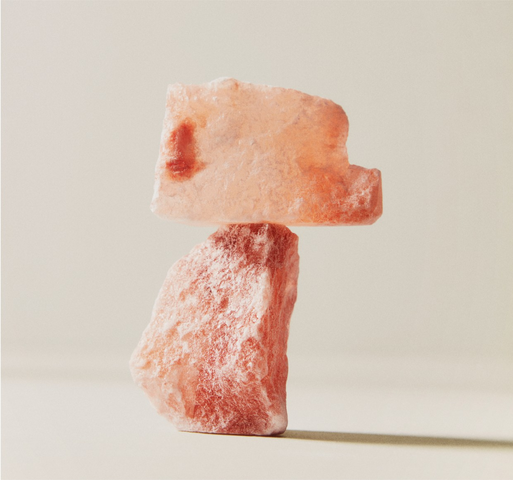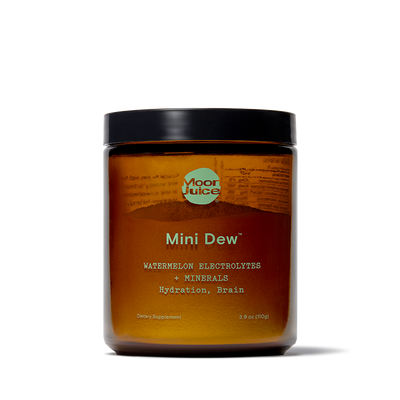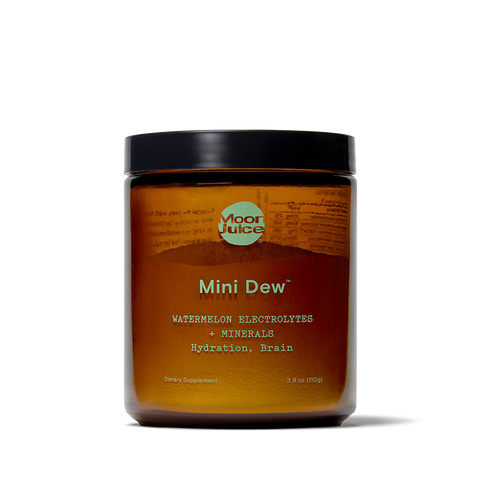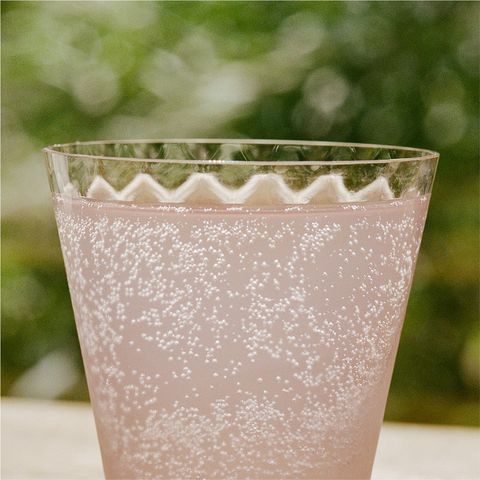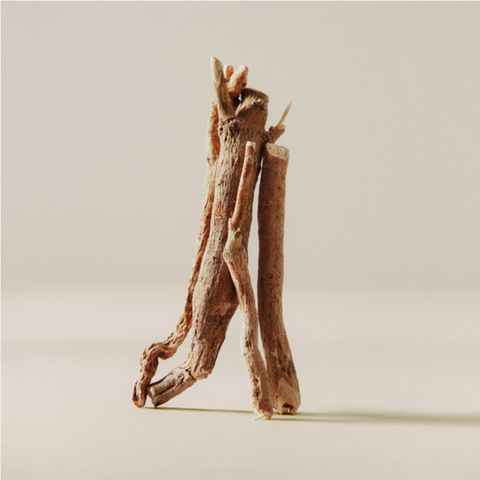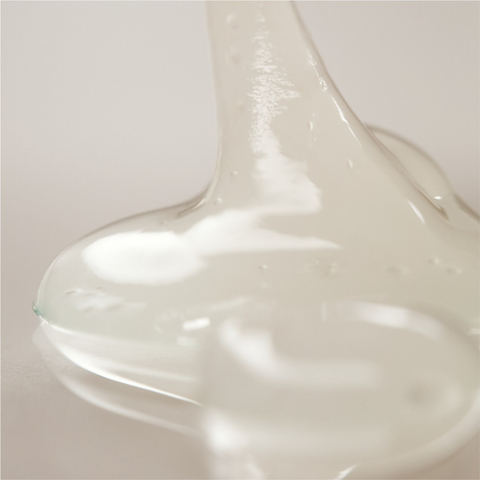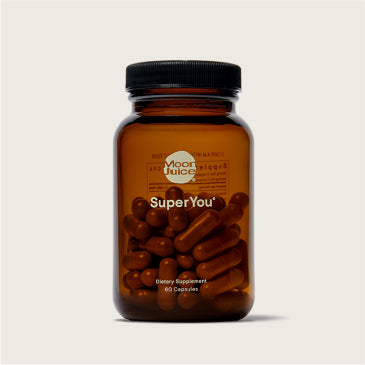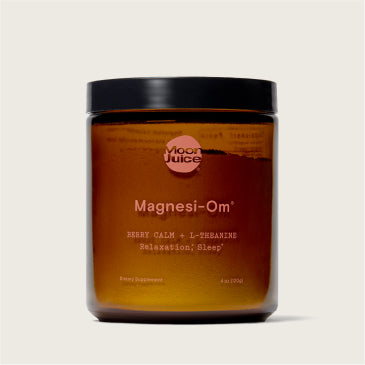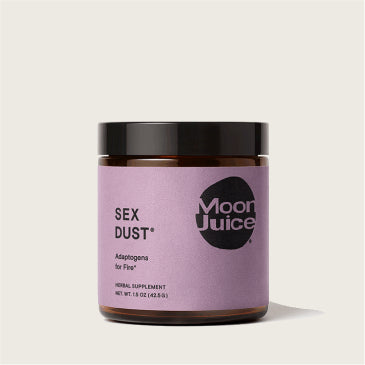If you’re a seasoned cook or a wellness enthusiast, there’s a decent chance you have Himalayan salt in your pantry. (Or, for those who love the aesthetics of its trademark pink hue, perhaps you prefer to leave it out on your countertop.) At any rate, pink Himalayan salt isn’t just a pretty seasoning; it does more than simply heighten the flavor of your dishes. There are many health benefits of Himalayan sea salt due to its unique mineral composition, making it superior to table salt. Some of its most notable benefit is its support to stave off electrolyte imbalance (i.e., a low mineral count) and promote hydration.
First, we’ll cover how many minerals Himalayan salt contains. And later: the top minerals Himalayan salt provides and their beneficial properties.
How Many Minerals Are There in Himalayan Salt?
Himalayan salt, which is mined near its namesake mountain range in Pakistan, contains around 84 trace minerals. Although these trace minerals exist in small amounts, they’re still important to help regulate the functions of the body and balance electrolytes. Trace minerals including Calcium, Iron, Potassium, Magnesium, and Zinc – all of which Himalayan sea salt contains — are essential for biological pathways and cellular health.
This pink rock salt is a more natural alternative to table salt, which is highly processed and refined. According to a 2023 study published in the journal Toxics, Himalayan salt is known for being one of the purest gourmet salts available due to:
- Its ancient origins in Pakistan’s Salt Range and Khewra Salt Mine (the second largest salt mine in the world)
- Deep underground harvesting
- Lower amounts of pollutants (including lead)
Due to this last benefit, people with chronic kidney issues are encouraged to stick to low-lead Himalayan salt over table salt.
Top Himalayan Salt Minerals
So, what minerals are in Himalayan salt? There isn’t a huge body of research on Himalayan salt in particular, yet one 2020 study published in the journal Foods investigated the mineral content of different brands of pink Himalayan salt available for purchase in Australia. Compared to white table salt per kilogram, pink Himalayan salt contained a significantly higher amount of the following minerals:
- Potassium (2406.05 mg vs. 151.68 mg)
- Magnesium (2655.31 mg vs. 83.94 mg)
- Calcium (2695.09 mg vs. 393.28 mg)
- Iron (63.75 mg vs. 0 mg)
- Manganese (2.16 mg vs. 0 mg)
We’ll explore more Himalayan salt minerals in greater detail below.
Note: In this study, darker pink salts generally offered higher amounts of minerals, so it’s a good rule of thumb to aim for these more pigmented hues the next time you shop for the whole pink rock salt crystals.
Sodium Chloride
Similar to regular table salt, Sodium Chloride comprises the bulk of Himalayan salt at approximately 98 percent. (Table salt, meanwhile, is composed of 99.99 percent Sodium Chloride and thus lacks any substantial amount of trace minerals.)
According to the Centers for Disease Control (CDC), Sodium Chloride consists of 40 percent Sodium and 60 percent Chloride. A single teaspoon of table salt contains approximately 2,400 mg of Sodium, which is just above the 2,300 mg per day upper intake recommendation set by the Dietary Guidelines for Americans. Although Sodium and salt, in general, get a bad rep, it’s largely because Americans consume Sodium in excess: on average at 3,400 mg per day. The body needs Sodium to function properly… just in smaller amounts.
As Harvard Health explains, an estimated 500 mg of daily Sodium allows the body to:
- Conduct nerve impulses
- Contract and relax muscles
- Maintain a balance of electrolytes and water
So long as you keep your Sodium intake within these healthy bounds (adjusting as necessary based on any health conditions or per your care team’s orders), it can absolutely help, rather than hinder, your wellness goals.
Note: The majority of dietary Sodium intake is typically from processed foods such as pizza, soups, condiments, and desserts rather than salt on its own. You may want to integrate more whole, unprocessed foods into your diet to keep sneaky sources of excess Sodium at arm’s length. Meanwhile, you can prioritize Himalayan crystal salt instead as a healthier option for seasoning your food as needed.
Potassium
Potassium is one of the key minerals in Himalayan salt. As Healthdirect Australia explains, this essential nutrient:
- Is required for all of the body’s functions
- Supports the function of your nerves, muscles, and heart
- Helps transport nutrients into cells and waste out of cells
So long as you get the right amount of Potassium daily (2,800 mg daily for women and 3,800 mg daily for men), Potassium can help to:
- Lower blood pressure, including offsetting excess Sodium’s effects on blood pressure
- Protect against cardiovascular disease
- Prevent kidney stones
- Stave off osteoporosis
Magnesium
Magnesium is one of the most abundant minerals in Himalayan salt. Sufficient Magnesium levels are crucial for overall health, as the mineral aids everything from:
- Sleep issues
- Constipation
- Low mood
- Brain fog
- Fatigue
- Headaches
- Muscle cramps
- PMS
Unfortunately, about half of adults in the United States may be at risk for Magnesium deficiency, meaning they don’t reach the recommended daily intake levels of 310 to 320 mg for women and 400 to 420 mg for men. Although Himalayan pink rock salt offers a small amount of this essential mineral, many adults should take Magnesium to boost their levels and keep the telltale signs of Magnesium deficiency at bay.
Calcium
Calcium isn’t only the most abundant mineral in the body; it’s also prevalent as a trace mineral in Himalayan crystal salt. According to the National Institutes of Health, bones and teeth are largely made up of Calcium. The mineral also permits bodily movement by helping keep tissues strong and flexible.
The Recommended Dietary Allowance (RDA) for Calcium is:
- 1,000 mg for adult women through age 70 and adult men through age 50
- 1,200 mg for adult men 51 and older
- 1,200 mg for adult women 71 and older
Although you can get some Calcium through pink Himalayan salt, you’ll find it in greater amounts in foods such as:
- Yogurt
- Fortified orange juice
- Milk
- Soy milk
- Tofu
- Sardines
- Salmon
Iron
Iron is required to facilitate many of the body’s functions — chief among them is to produce hemoglobin, a molecule in blood that transports oxygen.
Iron deficiency is one of the most common mineral deficiencies. It’s common in:
- Women who menstruate (especially those who have heavy flows)
- Women who are prepartum, postpartum, or lactating
- Those with gastrointestinal disorders
- Plant-based eaters (since animal sources of Iron are significantly more bioavailable than plant sources of the mineral)
Iron deficiency may result in anemia: a health condition in which there’s a shortage of healthy red blood cells to hold and carry oxygen to the body’s tissues.
Pink Himalayan salt contains some (but not very much) Iron, so you should look to your diet and/or supplements to ensure you get enough of it.
Zinc
Zinc is an essential trace mineral that has a role in:
- Defending the immune system against pathogens
- Aiding wound healing
- Making DNA
- Staving off skin issues like breakouts and rosacea
In the 2023 Toxics study previously cited, high concentrations of Zinc were found in a Himalayan salt sample as well as other gourmet salts (including Hawaiian pink salt, Hawaiian black salt, and Persian blue salt). However, the pink Himalayan salts tested in the 2020 Foods study found lower amounts of Zinc compared to the other minerals previously discussed.
Selenium
Himalayan salt typically includes small amounts of Selenium, an essential mineral involved in:
- Thyroid hormone metabolism
- DNA synthesis
- Protection from oxidative damage
Most adults need only 55 mcg daily (60 mcg during pregnancy and 70 mcg while lactating, with amounts elevating as Selenium is also involved in reproduction).
Aside from counting on pink Himalayan salt for your intake, you can boost your levels with foods such as Brazil nuts, seafood, poultry, and meat.
Copper
Copper is yet another common Himalayan salt trace mineral. It’s involved in physiologic processes, including the regulation of:
- Gene expression
- Brain development
- Pigmentation
- Immune function
Adult men and women typically require 900 mcg of Copper daily (rising to 1,000 mcg during pregnancy and 1,300 mcg while lactating).
Rich dietary sources of Copper include seeds, nuts, shellfish, and chocolate.
Sign Up, Nerd Out
Get wellness tips, education, and recipes
delivered straight to your inbox.
Get wellness tips, education,
and recipes delivered
straight to your inbox.
Get Your Fix of Minerals With Mini Dew
Pink Himalayan salt is a more nutritious alternative to regular table salt thanks to its diverse mineral content. That said, the amount of the minerals is typically too small to make a palpable difference in your health by switching to Himalayan salt on its own. (Researchers behind the 2020 Foods study explain that you’d need 6 teaspoons of Himalayan salt to make a meaningful contribution to nutrient intake, which would exceed the upper limit for Sodium and thus run counter to your well-being.) While you could add this type of salt in water for hydration, it’s in your best interest to look for additional ways to boost your mineral intake on the daily.
Mini Dew™ is an electrolyte powder mix that contains Sodium and Chloride as Himalayan pink salt, plus Ionic Trace Minerals and the following electrolytes:
- Calcium
- Magnesium
- Zinc
- Selenium
- Copper
- Potassium
Available in Watermelon, Pomelo, and Naked flavors, the electrolyte drink powder effectively quenches your brain and body, helping you to stay hydrated. The minerals in Mini Dew™ support the body’s electrical system and give your body the elements it needs to feel good and energized, all the while supporting water balance in and around cells.*
Effective and safe to enjoy daily, take 1 tsp in the morning or before dehydrating activities like exercising, sauna use, and flying… or simply when you need an antidote to feeling blah.
Sources
- PubMed. Essential metals in health and disease. https://pubmed.ncbi.nlm.nih.gov/36152810/
- PubMed. Gourmet Table Salts: The Mineral Composition Showdown. https://www.ncbi.nlm.nih.gov/pmc/articles/PMC10459412/
- Unesco. The Salt Range and Khewra Salt Mine. https://whc.unesco.org/en/tentativelists/6118/
- PubMed. An Analysis of the Mineral Composition of Pink Salt Available in Australia. https://www.ncbi.nlm.nih.gov/pmc/articles/PMC7603209/
- CDC. About Sodium and Health. https://www.cdc.gov/salt/about/index.html
- FDA. Sodium in Your Diet. https://www.fda.gov/food/nutrition-education-resources-materials/sodium-your-diet
- The Nutrition Source. Salt and Sodium. https://nutritionsource.hsph.harvard.edu/salt-and-sodium/
- HealthDirect. Potassium and your health. https://www.healthdirect.gov.au/potassium
- Oregon State University. Magnesium. https://lpi.oregonstate.edu/mic/minerals/magnesium
- NIH. Calcium. https://ods.od.nih.gov/factsheets/Calcium-HealthProfessional/
- Hematology. Iron-Deficiency Anemia. https://www.hematology.org/education/patients/anemia/iron-deficiency
- NIH. Zinc. https://ods.od.nih.gov/factsheets/Zinc-Consumer/
- NIH. Selenium. https://ods.od.nih.gov/factsheets/Selenium-HealthProfessional/
- NIH. Copper. https://ods.od.nih.gov/factsheets/Copper-HealthProfessional/

